When Jaguar launched the I-Pace back in 2018, with lots of hoopla at a launch event at the then healthy Geneva motor show, the British nation’s collective chest swelled with pride.
However, it was a controlled kind of chest swelling, not quite on the level of the Rule Britannia, front-page excitement that greeted the BMC Mini back in 1959, the Jaguar XJ in 1968 or the original Range Rover in 1970.
By 2018, in many people’s view, premium cars had already been evil for decades.
Still, this was Britain’s first significant electric car, it was a Jaguar and best of all it was a rare example of us beating the top German makers to the punch – something the I-Pace’s two biggest advocates, Sir Ralf Speth (JLR’s ex-BMW CEO, a consummate engineer) and Sir Ratan Tata (the long-time Jaguar-loving head of JLR’s Indian owner, Tata) valued enormously.
Better yet, the I-Pace went down really well with everyone else who counted: the car testing community loved the way it looked and drove, owners enjoyed seeing their brand doing something progressive and corporate/financial denizens saw this as a plausible route for Jaguar to take towards a profitable future.
Profits had been elusive for the Leaping Cat since founder Sir William Lyons led the company – and he departed the top job in 1972.
Despite the I-Pace’s unhelpful height, short nose and cab-forward design (all very foreign proportions in Jaguar history), design chief Ian Callum and his team brilliantly adapted Jaguar’s bumps, curves and an extreme windscreen rake to the new proportions and created a car that seemed (and still seems) almost too sleek to be called an SUV/crossover, although its spacious cabin and boot clearly showed that it did indeed belong to that generic group.
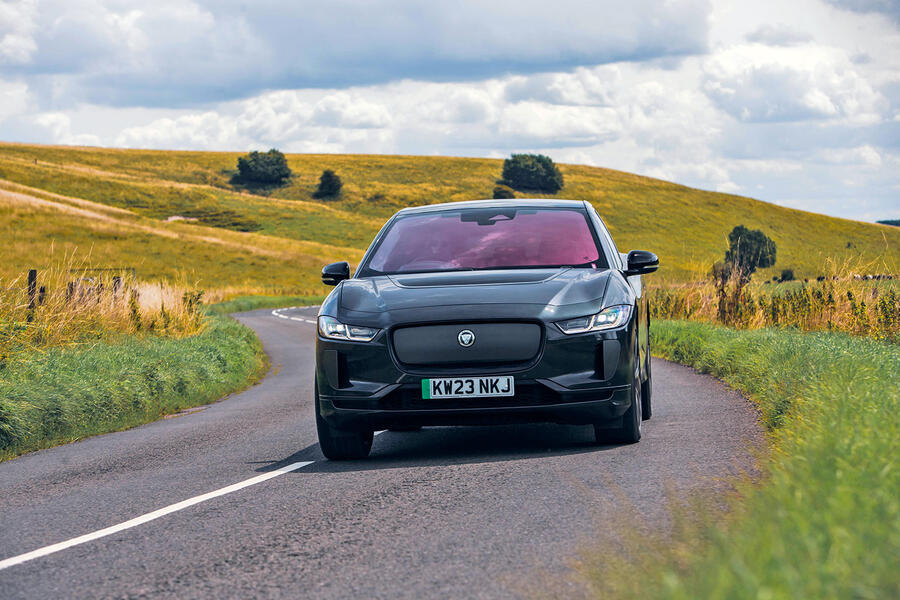

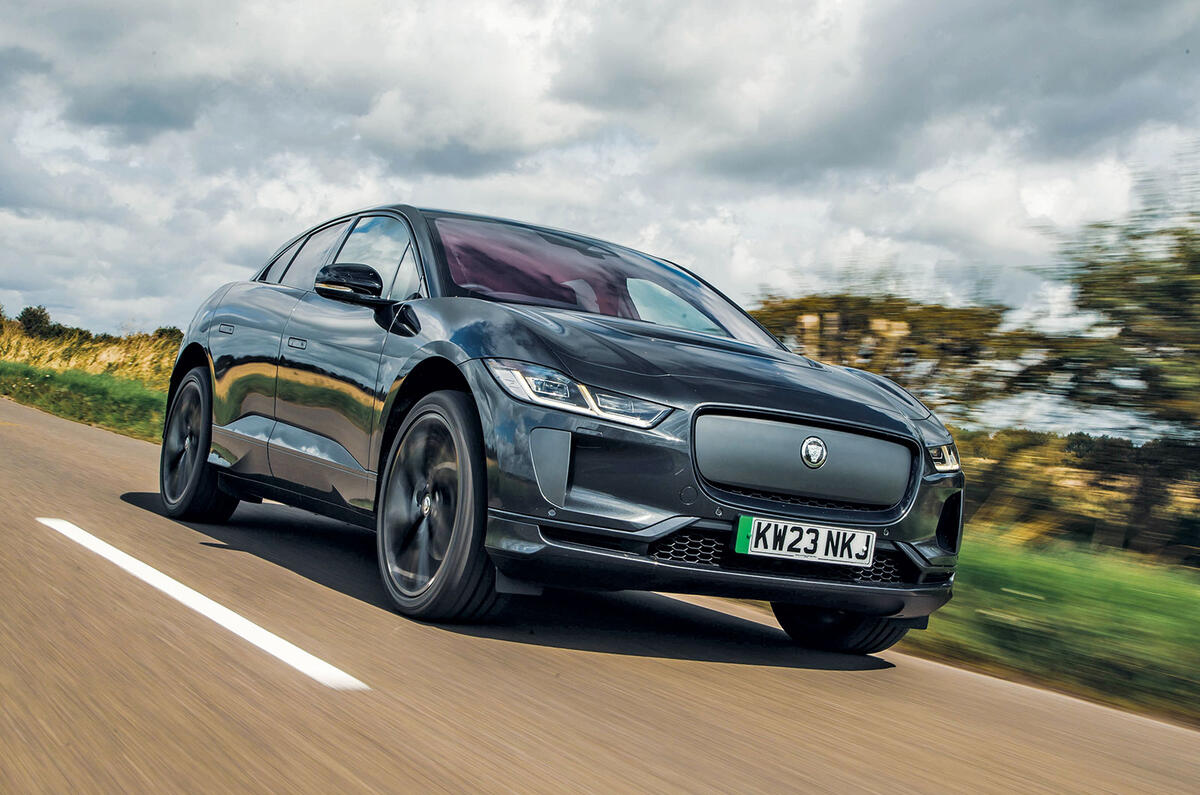
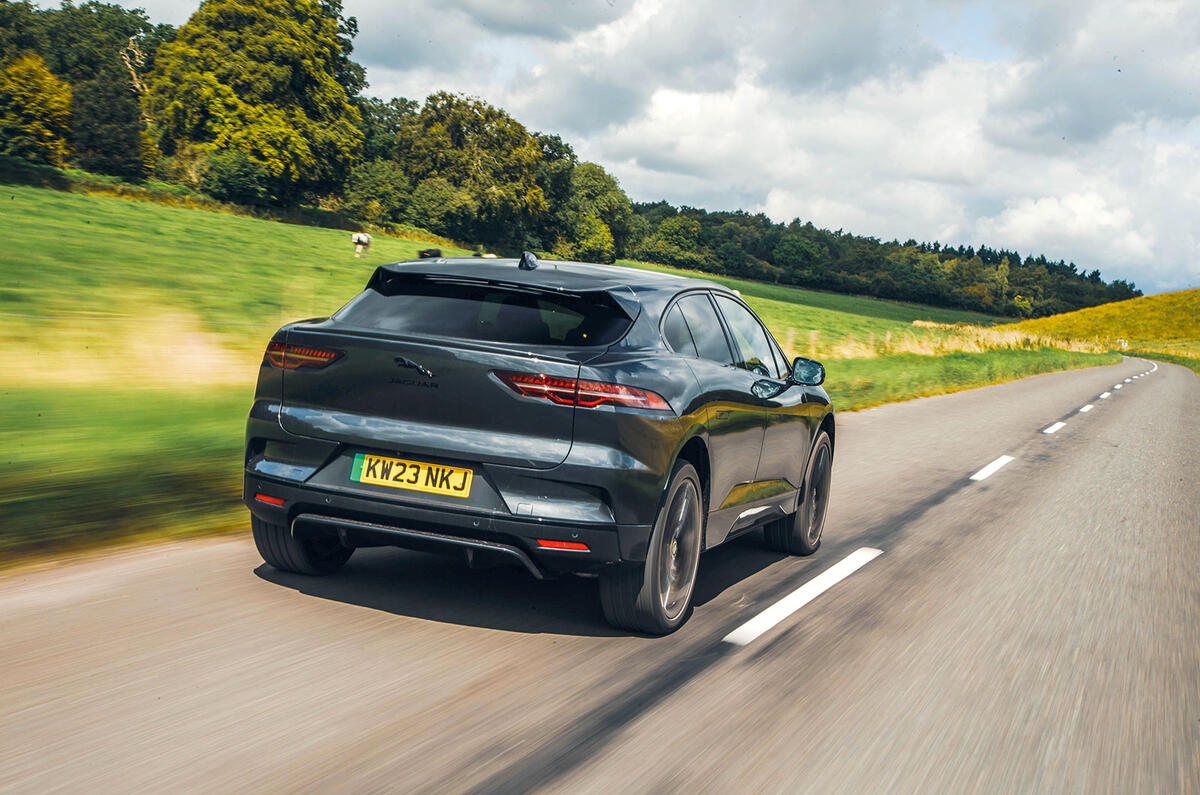

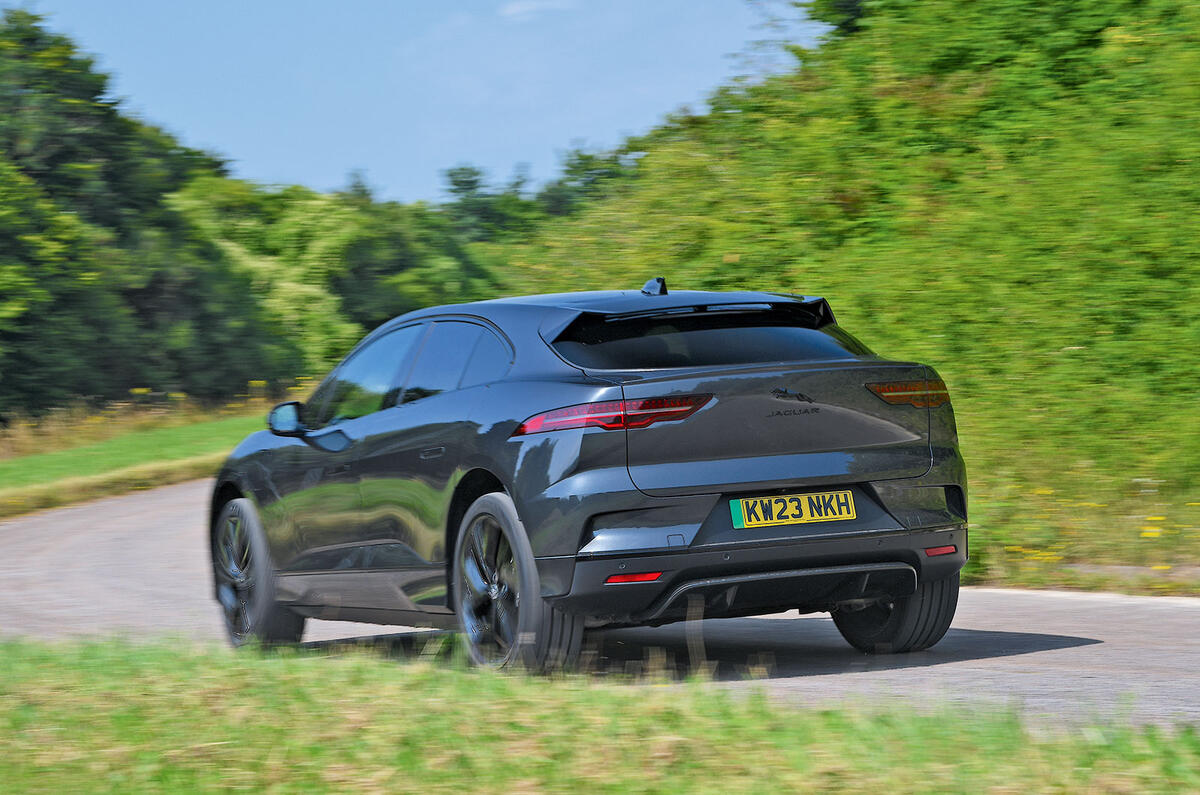


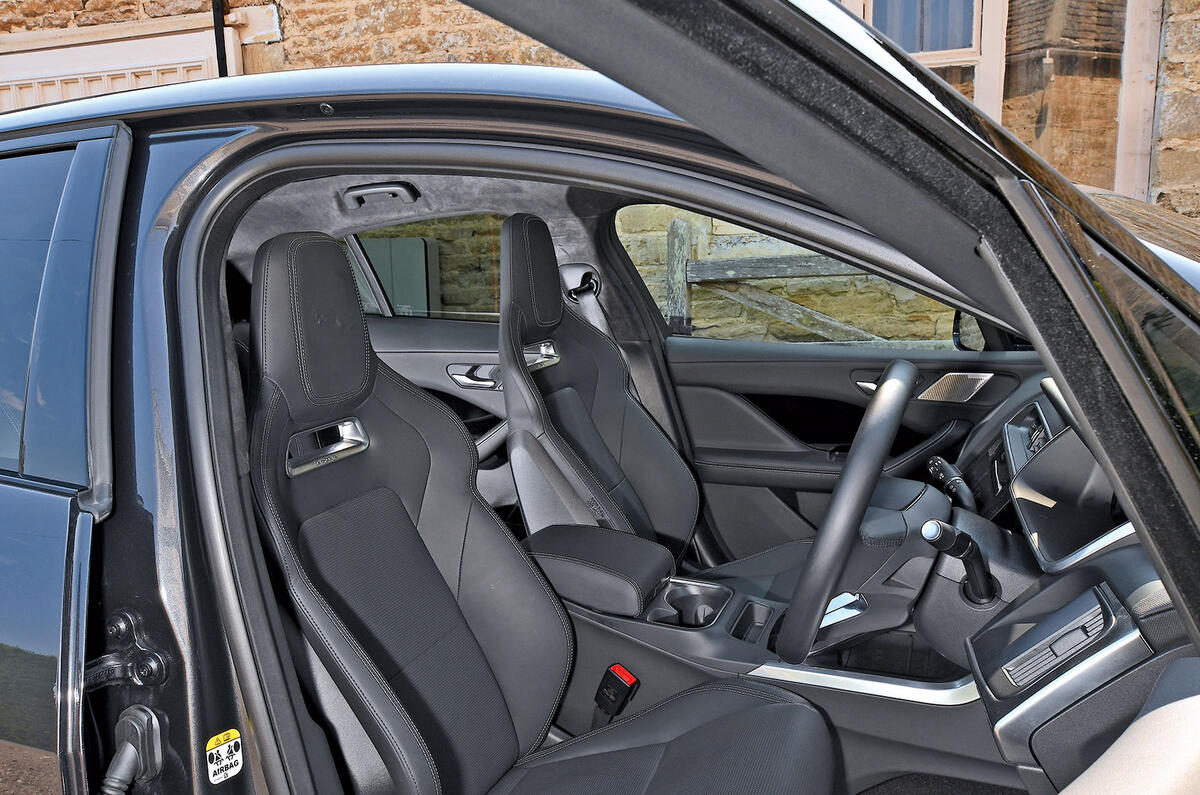

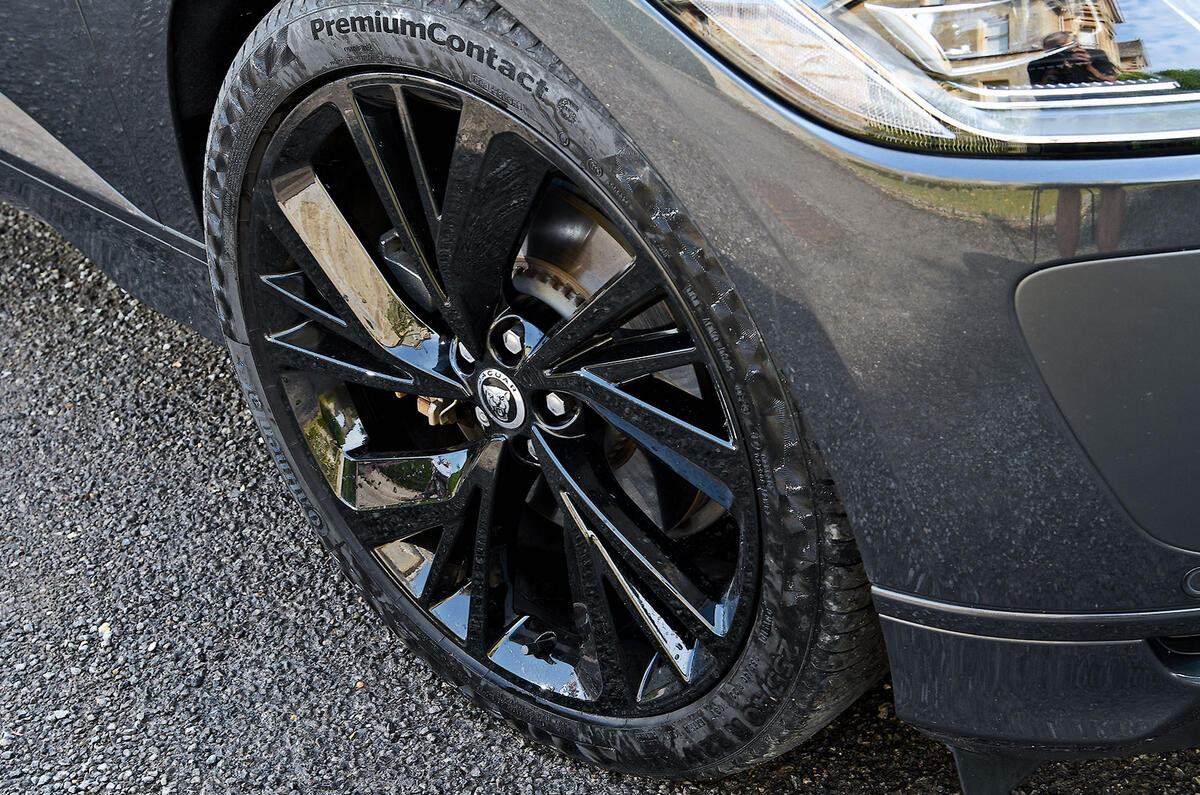
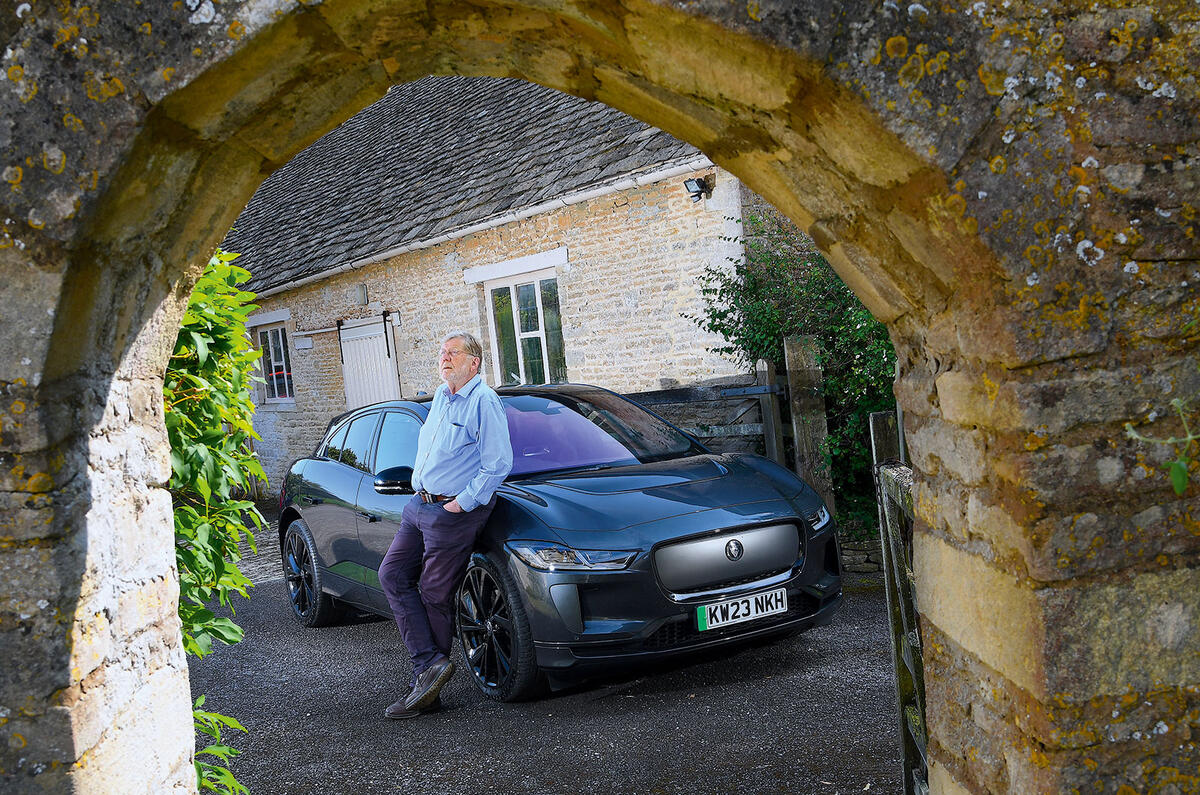
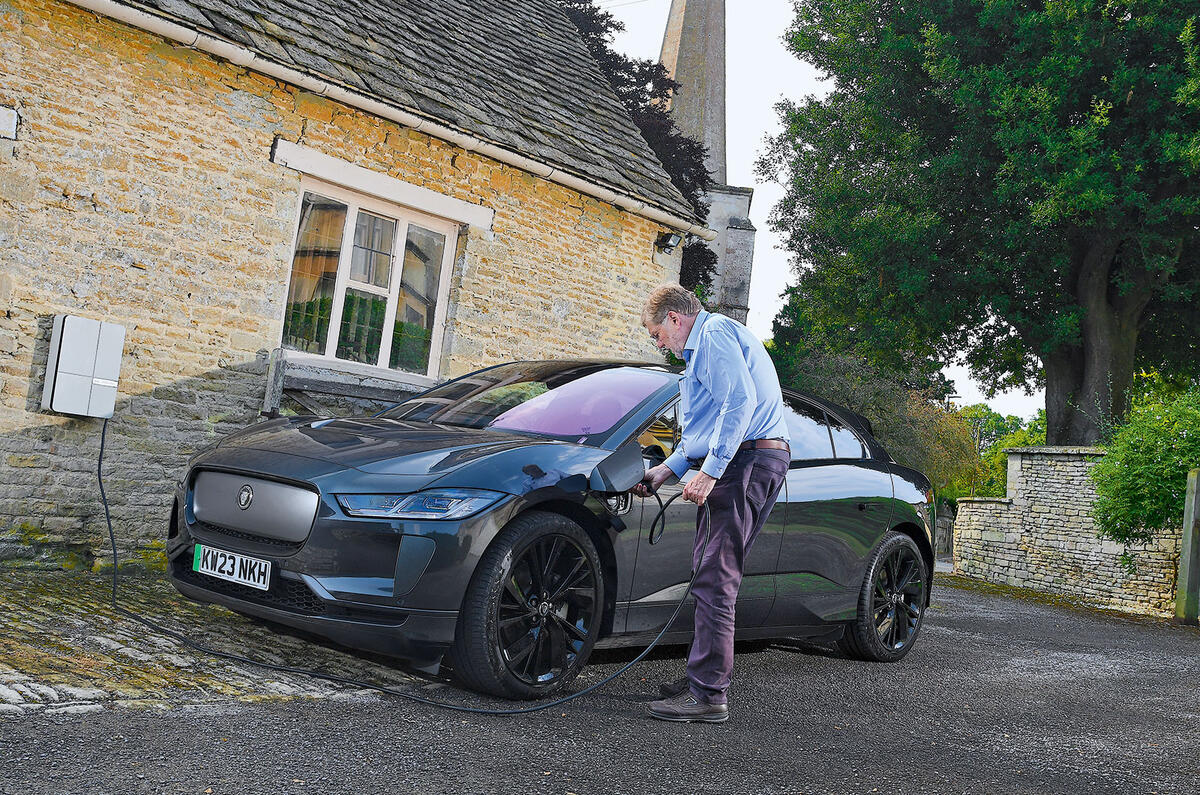
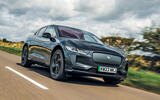
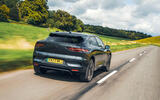
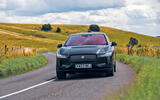

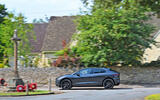
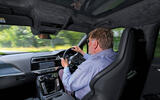
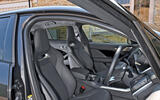
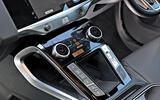
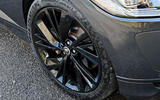

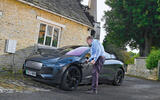

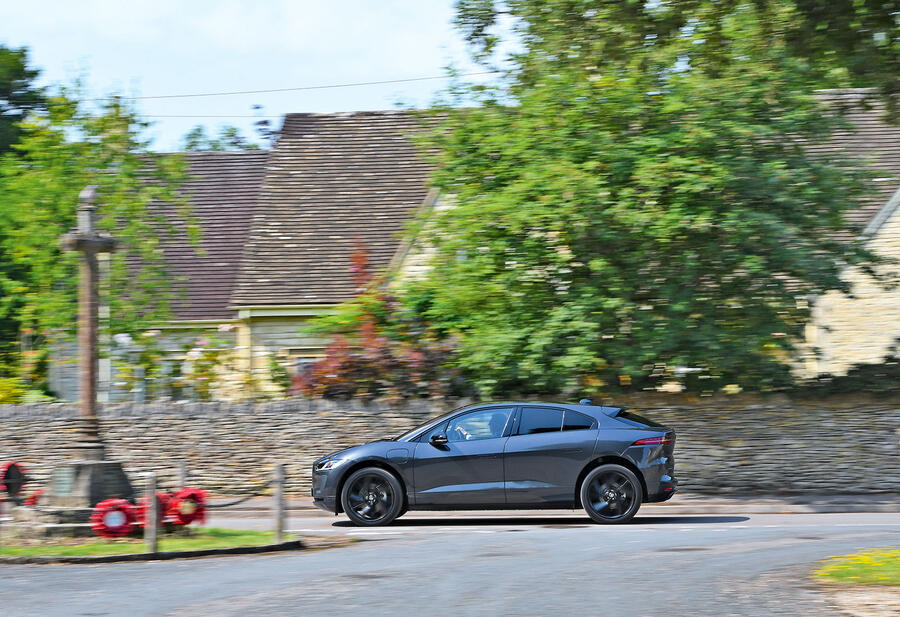
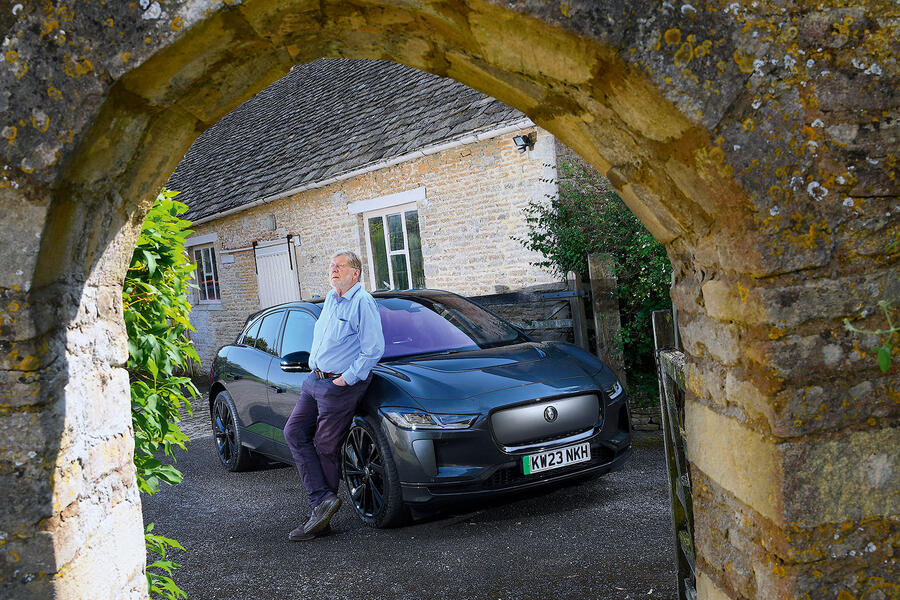
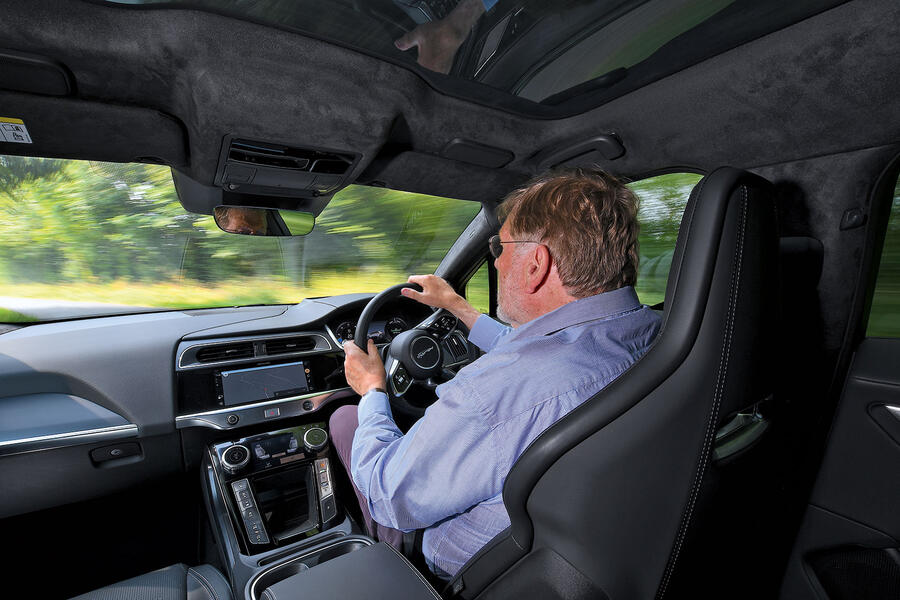
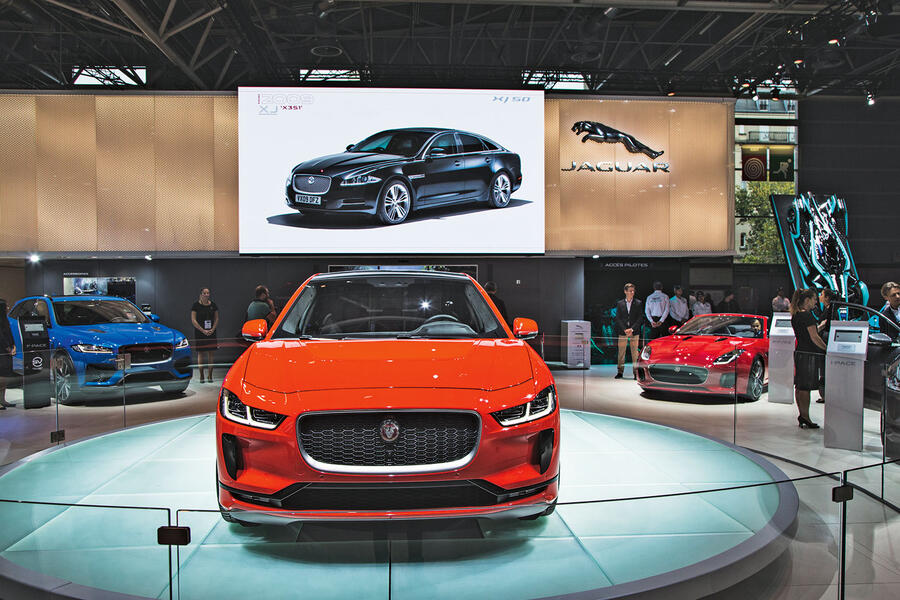
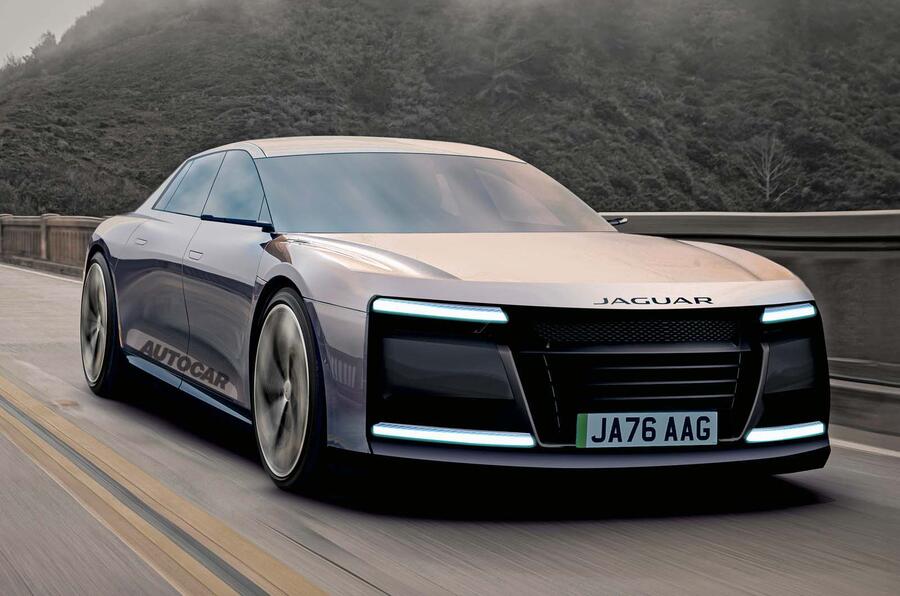






Join the debate
Add your comment
General comment on reviews.... You discuss "range", which is important, but not "efficiency".
With a petrol/diesel car, comments on the MPG would be made, something which was sub 30mpg would be a negative, something pushing 60mpg would be a positive.
But, with electrics, this is rarely mentioned. A car approaching real-world 5 miles per kWhr is efficient (is it similar to 60mpg?), a car which doesn't makes 2.5 miles per kWhr is inefficient (is it similar to less than 30mpg?). The latter will cost twice as much to charge up, no matter whether its expensive motorway fast charger or cheap overnight domestic charging. ( Back of envelope - 90kWhr battery, call it 80kW to allow a little bit of buffer on absolute range. Article's reported 200 mile range, and its 2.5 miles/kWhr, which is approaching "electric guzzler", something which can also be said about several other maker's vehicles. ).
I drove iPace several times 4-5 years ago and occasionally for weeks when my Land Rover Disco 5 was broken and in the workshop awating parts. I really liked it and worked hard to find a deal that would work for an HSE considering JLR wanted 2x as much on a lease as a V6 Disco HSE with extras. I didn't think it was wise to buy one outright at that time. Then I drove a Model 3 Long Range (the only Tesla available in Germany at that time was the Model 3) and at half the price of the iPace with massively better software, Supercharging and performance it was game over. I liked the style, finish and feel of the iPace but efficiency, range and software were not up to scratch. If it had been in the ballpark of Tesla I would have been a customer. But as I have found out since, it is lacking in many ways, perhaps due to lack of long term investment. We have since gone all electric with 2x Teslas which, whilst not without faults, are the best all round EV's. Had JLR invested and developed the iPace especially the software, harware and battery JLR would not have had to start from scratch again and had they priced it better perhaps it could have been a success. Perhaps not fashionable views here but it's hgow I see it.
I think you've absolutely nailed it. And your account is exactly why Jaguar's art house advertising is never going to work. When you looked you found reasons to buy something else, whereas Jaguar needed to work on reasons why you should buy Jaguar. That's not a fault on you, that's a fault of Jaguar.
And a fault was definitely not to see this as a product which needed to evolve; to be updated. With rapid advances in technology it needed regular updates to keep it fresh.
Starting again from scratch is insanity when they could have been producing hybrids right now, and they're more popular than EVs. I said this right from the moment the Thierry Bollore plan was announced and why it was absolutely the wrong one to follow.
Yes. But Hybrids are a temporary plaster. A false way. Worse in nearly every respect for the owner than even a petrol car. It requires a leap of faith to go EV. Anxiety is what it is - my wife was super worried before we actually experienced it on our first holiday to the Baltic @ 2 weeks into our ownership. We had no issues and there are more than 3x more fast chargers than 2021 when we started. 100,000km+ later by EV there is no way I would go back. I have rarely (2x for a couple of minutes) had to wait to charge, the car is ready before we are when on a long trip (family with kids) and range, infrastructure really isn't an issue if you trust the software in the car.
It could have been a Jaguar had they invested and been bold. Now it will never happen. I am more likely to buy a retro Jag than anything new they will launch. They will never catch up.
Oh. And as a petrol head I still have a manual convertible fossil as a Sunday toy, a bit like a clockwork watch for nice days without Apple. I wish we could buy some sustainable fuel here.
Intersting account. Yes, EVs definitely work for some. They'd work for me too for the most part except for the times when I am the designated driver on days out to big events I have with friends, and then I need the range my own car has that EVs don't. There's thousands of cars parked at these events as it is, and no charging.
Hybrids definitely help; the MPG figures are superb. But for a friend that's driving hundreds of miles, with speeds upto 140-160mph (depending if he has winter tyres on) it's just a dead weight he'd be carrying. The hybrid battery would quickly drain. The engine in the car is already screaming at him, he doesn't want to opt for a new car with lower engine power, but he's being forced into it (the company want him to change cars).
Another friend is getting a hybrid, after ruling out EVs due to the range and milles she needs to do in a day visiting customers. Again, she's being forced by the company to change but she doesn't want to give up the X5 she currently has. And it's a fantastic car, really impressive.
For my brother, they've got to visit his wife's relatives hundreds of miles away and their EV turned a 5 hour journey in to a 7 hour journey. They tried to make it work and now drive a Land Rover up and down instead (Velar).
It's always at the extremities that EVs fail owners, that regular cars are able to continue. The key thing is that EVs are still a developing technology and are getting better. The big change will come with a new battery technology. Until that's delivered, the likes of Jaguar should have been taking steps to EV, not giant leaps of faith. It was obviously the wrong move to make, and the Renault board realised this by firing him. But he took the same plan he had for Renault to Jaguar and they were daft enough to follow it. Renault are making massive profits now, and that could have been Jaguar with competent management.
I hear you. Jaguar I fear will not end well. Renaults look pretty but the French taxpayer will have to help like the German taxpayer for VW.... Journey times in our Teslas aren't much different from our fossils. Partly because they are efficient but mostly because in Europe we can't 'make progress' like we could in the past due to cameras, police, volume of traffic and so on. From south of Frankfurt to the tunnel was achievable in 4 1/2 hrs 20 years ago. These days it is 6 on a good day whatever you drive unless you have an indestructable driving license. In Germany EV's cannot match a fast long range car point to point because of autobahns and the consumption/charging. But they are not far behind. And with kids in the car the times are comparable. Plus I don't feel comfortable burning the amount of fuel my old M5 or similar used to burn (and emit) now that there are decent alternatives available. And actually a break every 2-3 hours isn't a bad thing is it? Jaguar missed the boat.
Doddery, being generous. Time to move on.